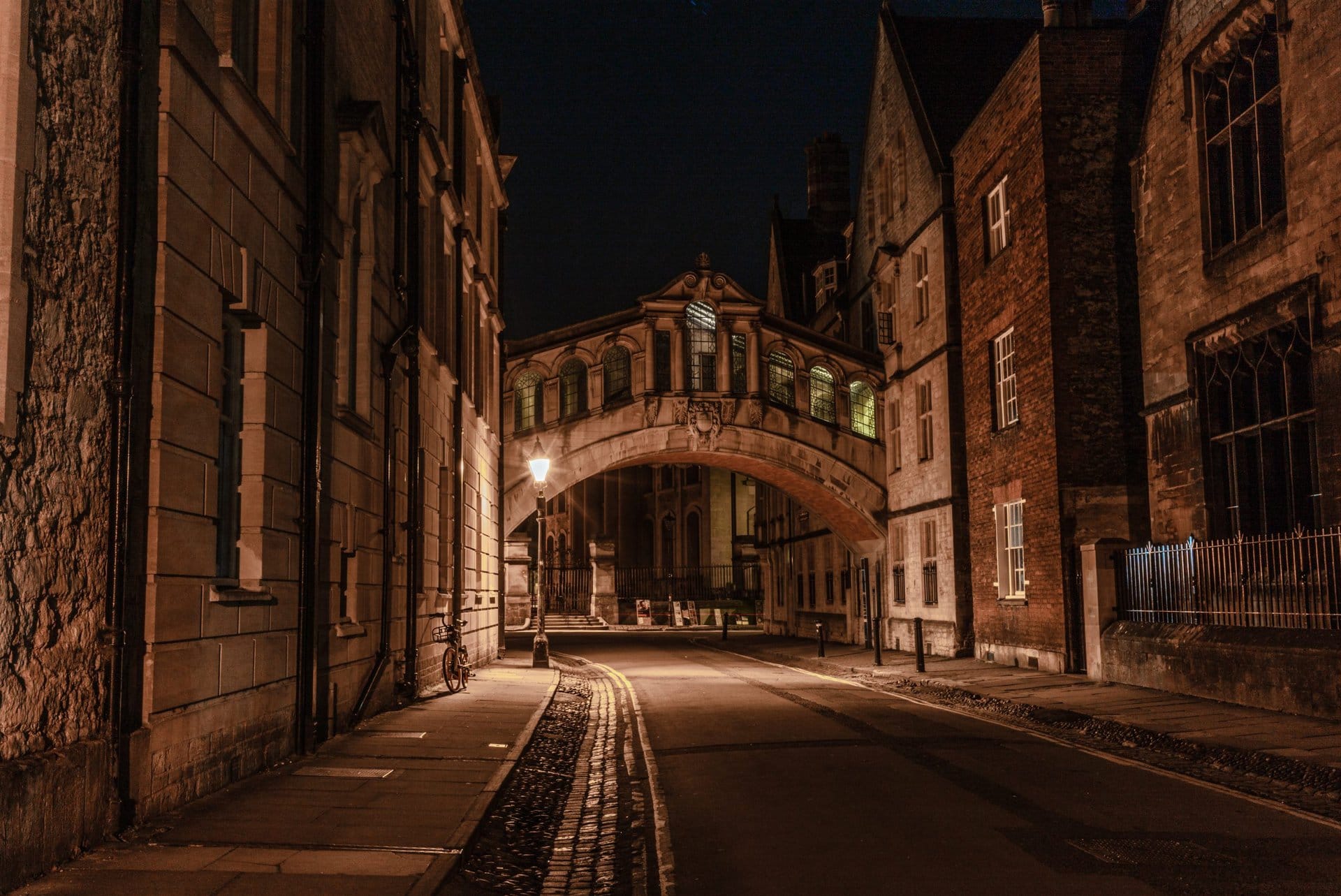Money matters: Why wealth is vital for Oxbridge colleges
In March 547, St Benedict is thought to have died of a fever at the Abbey of Montecassino. A thousand miles away, and well over a millennium later, his Oxford namesake could also be approaching its end.
A permanent private hall (PPH) founded by monks from Ampleforth Abbey in the late 19th century, St Benet’s problems are more financial than feverish. According to The Oxford Student, it is trying to secede from the Abbey but has struggled to show it has the money to do so. (It has also reportedly been excluded from the university’s emergency Covid funding, even though PPHs are usually poorer than the established colleges). The situation is so serious that the Hall has stopped taking undergraduates. Its senior tutor, Dr Bernard Gowers, has admitted it could shut its doors for good in 2022.
But even if St Benet’s disappears after 125 years, this won’t mean much for the rest of Oxford – at least directly. All but three colleges are financially independent, with a combined wealth of roughly £6 billion. On average, 40 per cent of a college’s funding comes from rent and teaching, with 30 per cent from investment income. A further 20 per cent is the result of donations and legacies, which is why Dr Gowers says St Benet’s is negotiating with “potential donors”. If one college falls, the rest will quietly trundle on.
So, is college wealth largely irrelevant if you’re applying to Oxbridge? Not exactly. There’s a massive disparity between the different institutions: at both Oxford and Cambridge, the two richest colleges own more than their 17 poorest rivals. And the richer the college, the more scholarships, subsidies, and grants it can provide. A good rule of thumb is whether the college is called St John’s – it used to be said that, without leaving land owned by St John’s, you could walk from Oxford to Cambridge.

Trinity college Cambridge is the wealthiest of them all, with assets of over £1.5 billion: it even owns the O2 Arena in London. It provides bursaries for people from all over the world, with its latest, for EU students, having come into force in October 2021. Trinity is comfortably one of the cheapest colleges for renting, while St John’s – worth £835 million – offers the second-cheapest accommodation. In fact, of the top 10 most affordable colleges, all (with the honourable exception of Wolfson) have assets of £100 million or more.
There are some obvious candidates at the other end of the scale who are a bit more strapped for cash. None of the Cambridge mature colleges have more than £70 million, while none of Oxford’s mature colleges or PPHs own more than £50 million. But our data shows there are some more surprising candidates – such as Lady Margaret Hall – which could be important to bear in mind when you apply.
Of course, colleges are far more than bank accounts with pretty buildings. They’re a student community, and will probably be the place where you spend most of your time, meet most of your friends and think of as “home” during your undergraduate years. This, above all, is what the St Benet’s students stand to lose if the Hall is closed down. The signs are positive, with its management reaching an agreement “in principle” with the Westminster College Trust to secure “credible financing”. If this falls through, though, graduates and undergraduates could be left in limbo: members of the university, but not of a college. Most of the time, money is about subsidised food and reasonable rent, but sometimes it can be an existential consideration.
